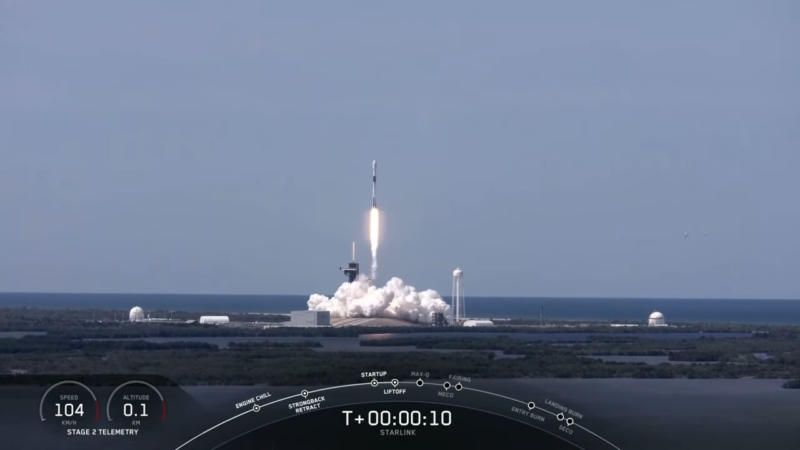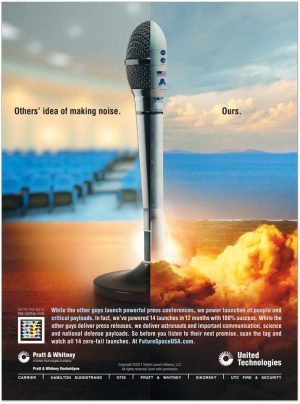

reader comments
316 with 129 posters participating
Wednesday’s successful launch of 60 Starlink satellites checked a few boxes for SpaceX.
For the first time in three tries, the company successfully landed a first stage booster on an autonomous drone ship in the Atlantic Ocean. The flawless flight brings SpaceX one step closer to the much-anticipated launch of a Crew Dragon spacecraft, as early as May 27. And, of course, the company extended its Starlink constellation to about 420 satellites, bringing SpaceX closer to offering broadband Internet service to North America from space.
But SpaceX also made a huge, symbolic leap on Wednesday. With the latest Starlink launch, the Falcon 9 rocket has now launched 84 times. This surpasses the total flights by United Launch Alliance’s Atlas V rocket.
The Atlas V rocket first launched on August 2, 2002—about three months after SpaceX was founded by Elon Musk and two other engineers, Tom Mueller and Chris Thompson. Since then, the Atlas V rocket has flown an average of a little fewer than five missions per year. All were rated as successes.
SpaceX first flew the Falcon 9 rocket on June 4, 2010, from Space Launch Complex 40 in Florida. It has caught up to the Atlas V rocket by flying an increasing cadence of missions from 2017 onward, averaging 17 flights a year over the last three full years. One of SpaceX’s launches, CRS-7 in 2015, failed.

Surpassing United Launch Alliance in total launches by a single rocket offers a measure of vindication for SpaceX. The two companies are rivals, competing for NASA and US Department of Defense launch business. And throughout much of SpaceX’s history, the company heard criticism from established aerospace companies for being “all talk” but no action. Consider, for example, this advertisement from 2011, created by Pratt & Whitney Rocketdyne, a competitor that made rocket engines.
“While the other guys launch powerful press conferences, we power launches of people and critical payloads,” the advertisement states. “While the other guys deliver press releases, we deliver astronauts and important communication, science and national defense payloads. So, before you listen to their next promise, scan the tag and watch all 14 zero-fail launches.” Ironically, the ad links to a website, FutureSpaceUSA.com, that no longer exists. (Also, SpaceX is presently the only US company ready to deliver astronauts into orbit).
Perhaps more impressively, the Falcon 9 has assumed the mantle of most-experienced rocket while making multiple revisions to its design and incorporating first-stage reuse. In short, SpaceX increased the flight rate of its rocket even as it has aggressively sought to optimize its performance. The company that was once an upstart now stands among—if not above—the blue bloods of the US launch industry.


